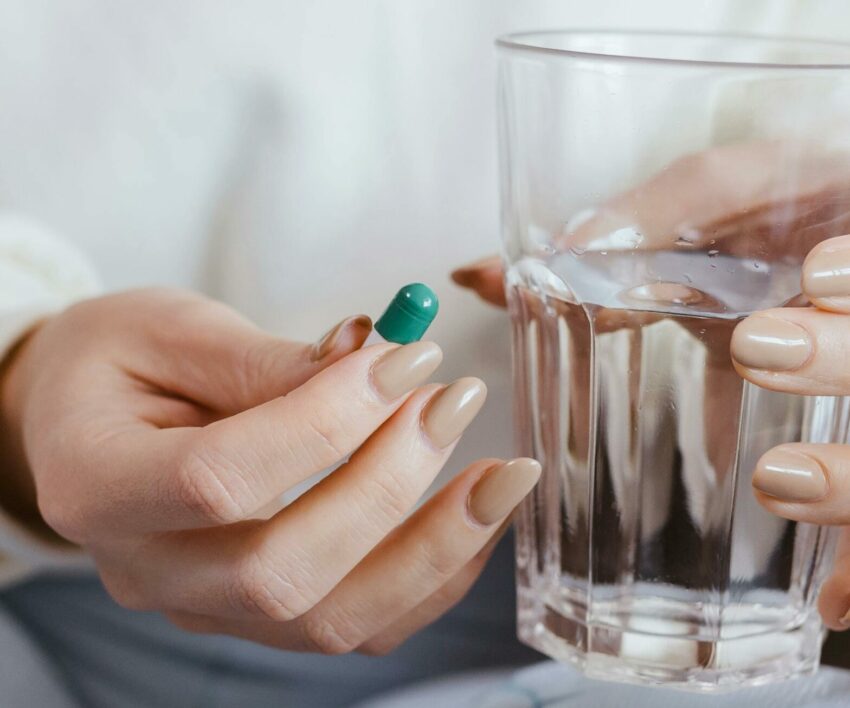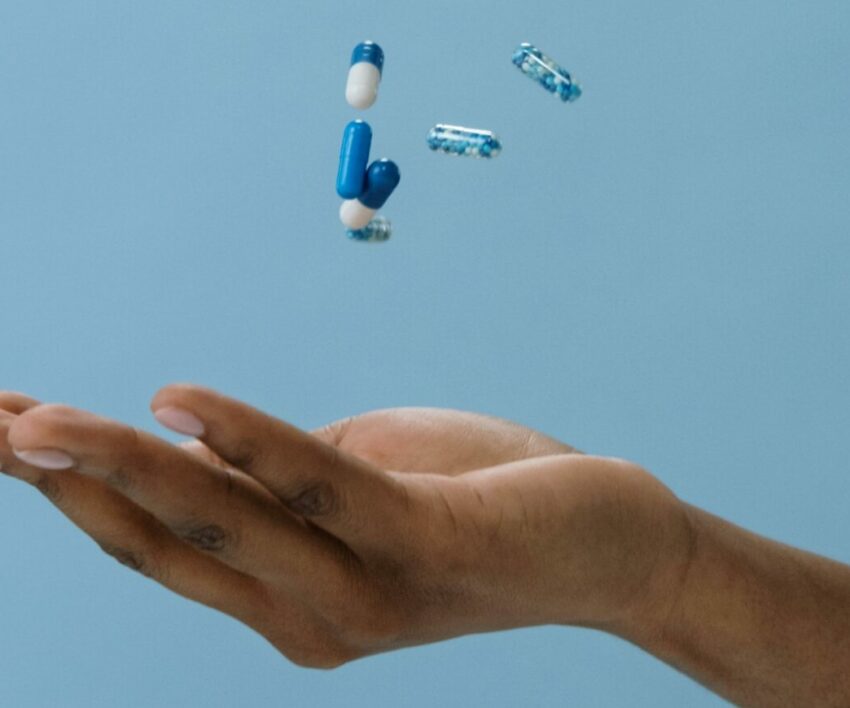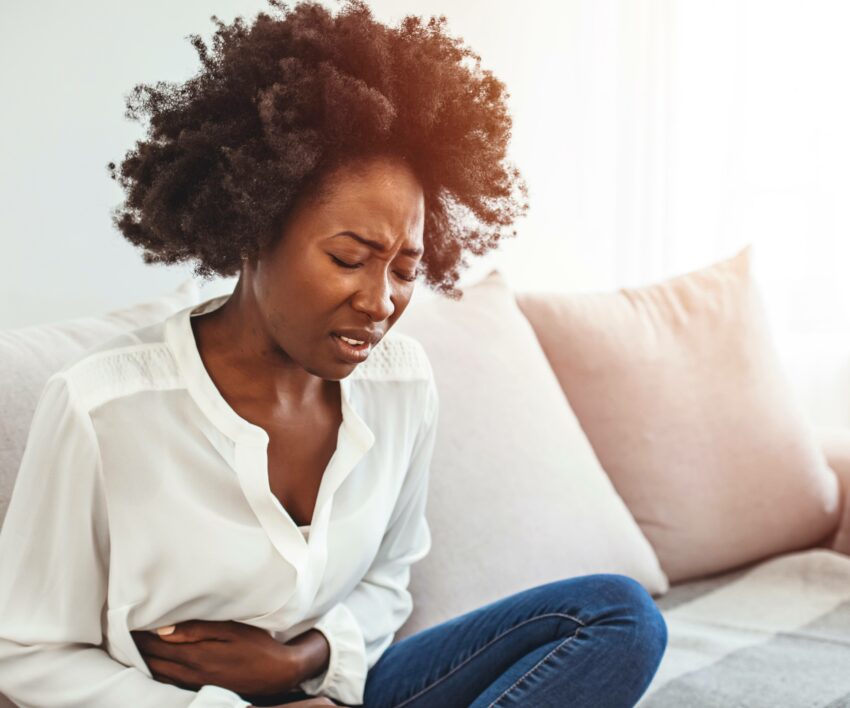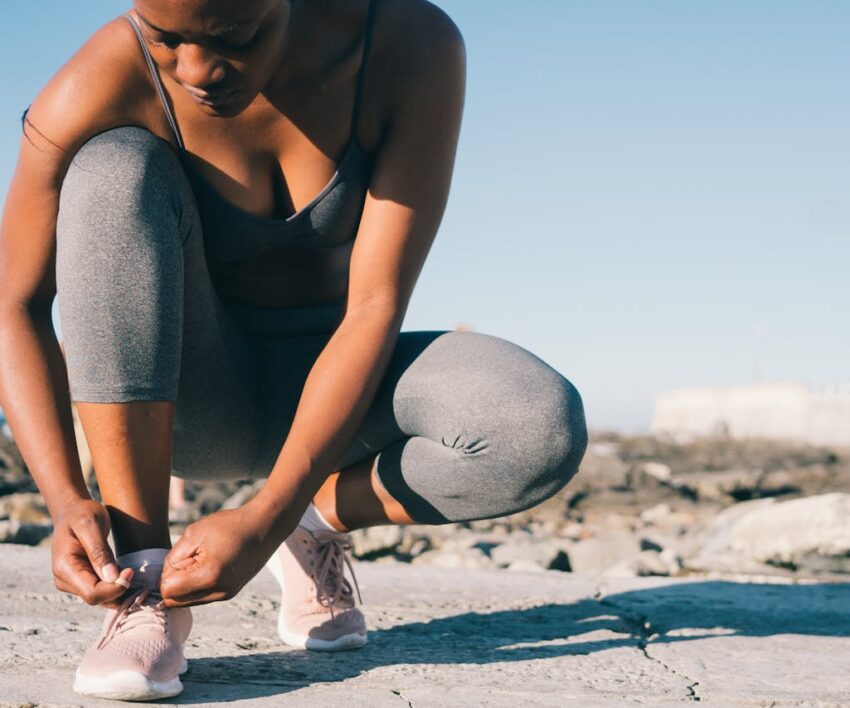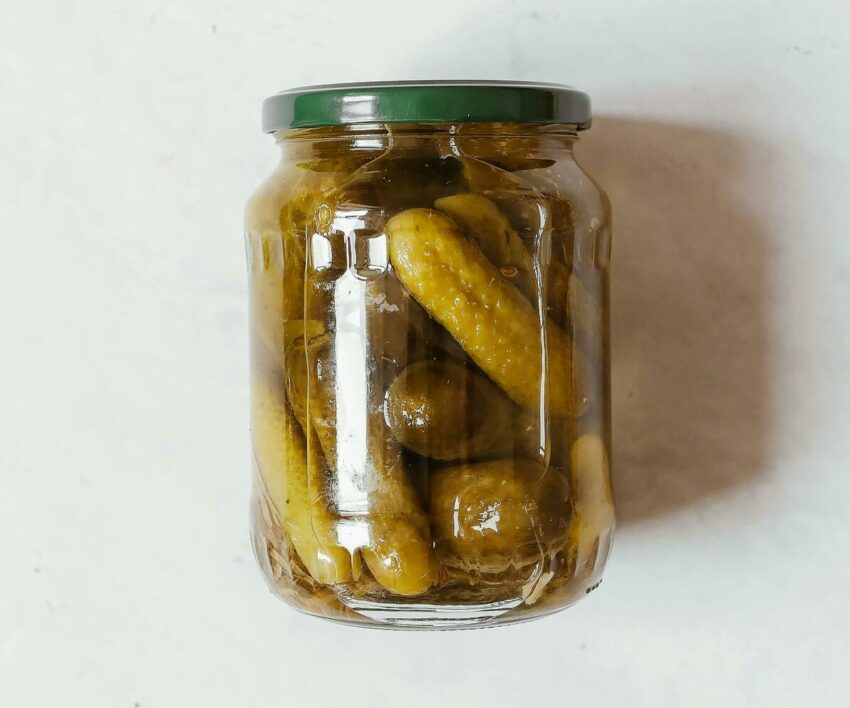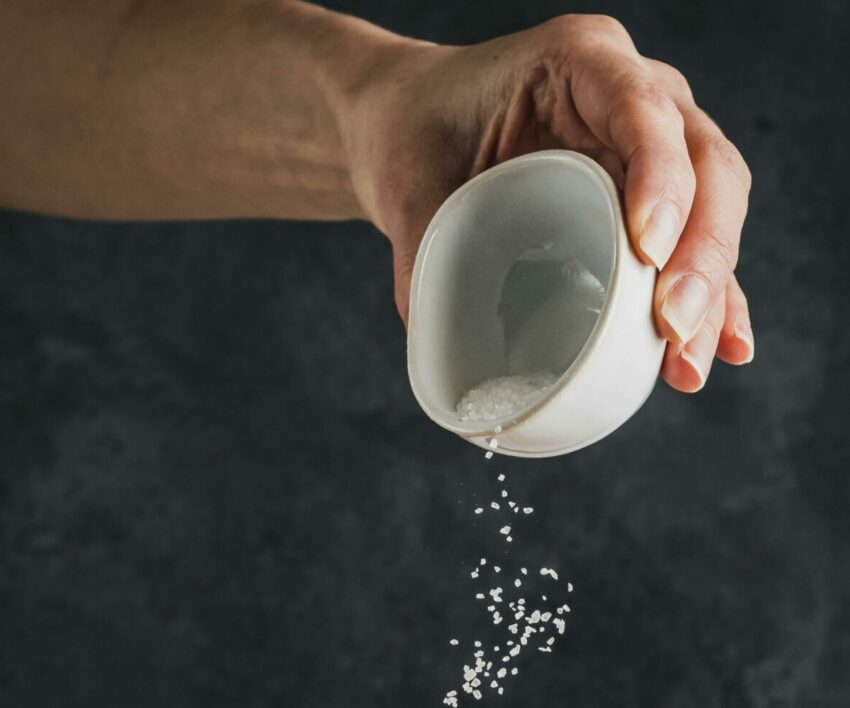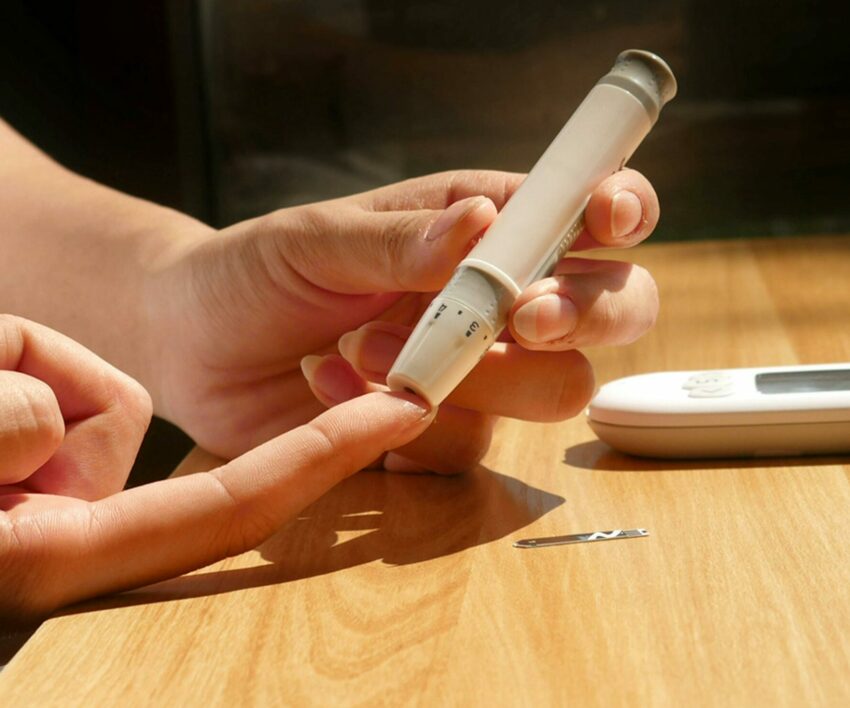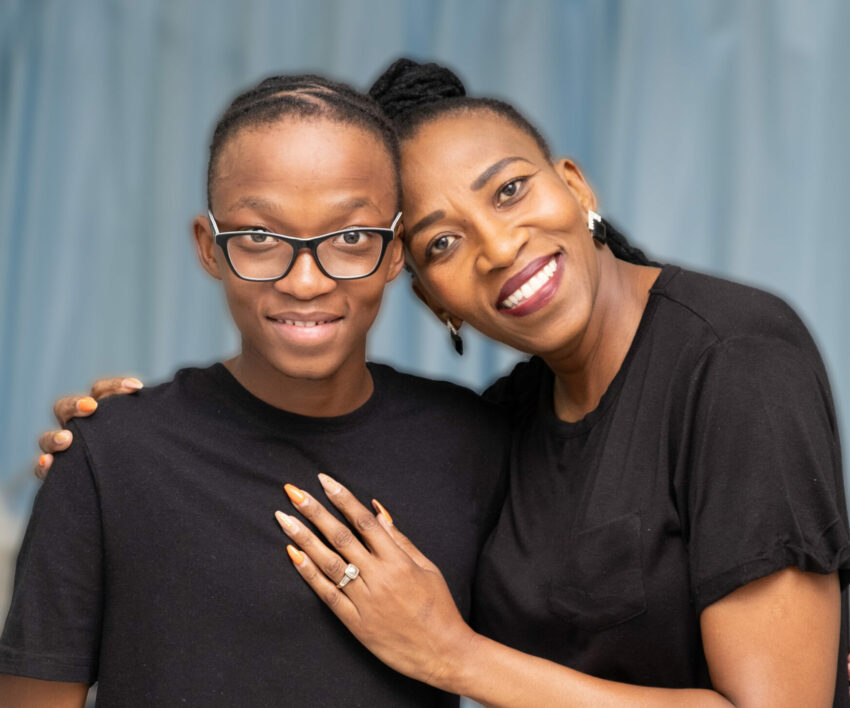pills: picture: pexels
You’ve taken the pills. You’ve journaled. You’ve done therapy, yoga, and even tried giving up caffeine and doom-scrolling before bed, but still, the heaviness lingers.
If this sounds familiar, you might be dealing with treatment-resistant depression (TRD)—a condition that, while often overlooked in conversations about mental health, affects millions around the world.
TRD is what happens when standard treatments for depression—usually a combination of antidepressants and psychotherapy—don’t provide relief, according to Harvard Health Publishing. It is mentioned that�nearly one-third of people with major depressive disorder fall into this category. It’s not about not trying hard enough; it’s about the brain needing something different to heal.
This form of depression doesn’t always look like the stereotype of sadness. For many, it’s functioning on the outside while feeling numb inside, as explained by the publication above. It’s believed to be the mental fog that doesn’t lift, the joy that doesn’t return—even when everything says it should, and that disconnect can feel incredibly isolating.
Newer therapies offer a glimmer of hope. According to the National Institute of Mental Health, options like transcranial magnetic stimulation (TMS), ketamine therapy, and esketamine nasal spray are changing the game for some. These are said to be becoming more accessible in countries like South Africa, though they remain expensive and often under-covered by medical aid.
Lifestyle still matters—things like exercise, sleep, and routine can provide structure when the mind feels chaotic, according to the above institute. However, most importantly, people with TRD need compassion, not comparison.
Mental health isn’t one-size-fits-all, and neither is healing. If you or someone you love is facing TRD, it’s okay to seek another route, try another option, or simply rest. Progress may be slow, but it’s still progress. And no, you’re not alone in feeling stuck—sometimes, even the strongest people need a new map.
Also see: From mom, with love: How one kidney gave Ditshegofatso a second chance
